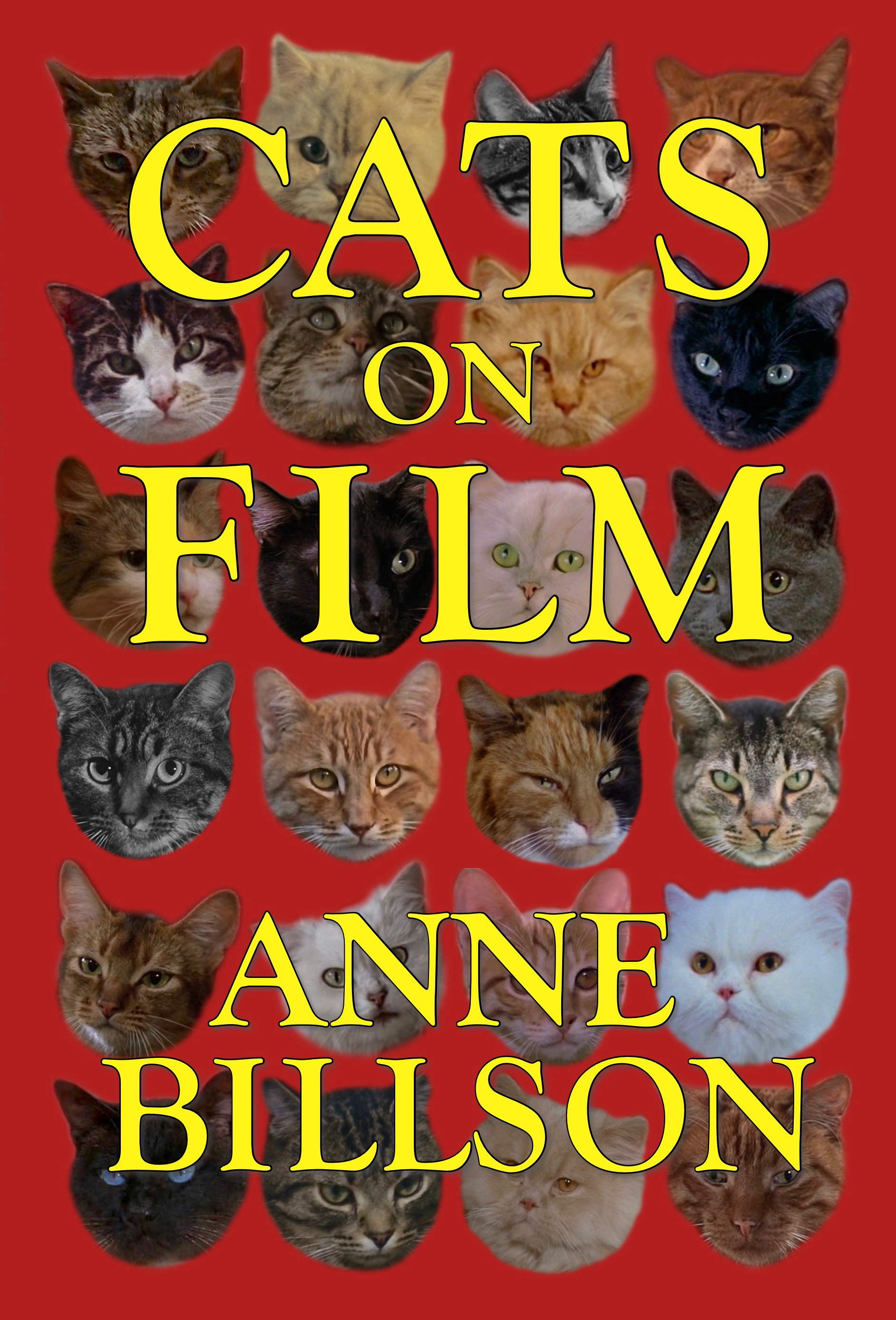![oharutumblr_mbqxdrTs5x1roydylo1_500 2[1]](https://catsonfilm.files.wordpress.com/2013/01/oharutumblr_mbqxdrts5x1roydylo1_500-21.jpg?w=640) CAT OF THE DAY 096: THE LIFE OF OHARU aka 西鶴一代女 (SAIKAKU ICHIDAI ONNA) (1952)
CAT OF THE DAY 096: THE LIFE OF OHARU aka 西鶴一代女 (SAIKAKU ICHIDAI ONNA) (1952)
Life for a woman in 17th century Japan, even one from a respectable background, was no bed of roses. Kenji Mizoguchi’s film was adapted from The Life of an Amorous Woman, a novel by Saikaku Ihara, a popular writer of the Tokugawa period (1603-1868).
Oharu’s troubles begin when, as a young woman, she disgraces herself by having a love affair with a man below her station, a servant played by young Toshiro Mifune; he is beheaded, she and her family are exiled, after which she’s sold as a concubine to a lord, but sent home after bearing him a son. Her father sells her into prostitution, but she’s considered too arrogant to make a success of that line of work.
Then she’s employed as servant to a woman who has been keeping it a secret from her husband that illness had made her hair fall out. Unfortunately the husband finds out Oharu was a prostitute and expects freebies; the wife gets jealous and forces Oharu to cut her own hair. In revenge, Oharu persuades a cat to run off with the wife’s wig during the night, so the husband will discover her baldness.
In its brief scene, the cat looks noticeably reluctant to do anything except cling to the furniture, let alone follow Oharu’s complicated directions; she makes it sniff her own hair-piece, then orders it to go and steal a hair-piece which smells like that. And bingo! we see a frankly not very convincing silhouette of the miaowing cat making off with the wig!
As if.
MINI-JAPANESE LESSON!
If you’ve been paying attention to previous mini-Japanese lessons, you will recognise one of the Kanji in the name of the director, Mizoguchi Kenji 溝口健二. Namely, 口 the sign for kuchi/guchi, or mouth.
The 二 (ji) at the end of Kenji is also quite easy to remember – it’s the kanji for two, and can also be pronounced ni. Mizoguchi had a sister and a brother; I’m guessing (but haven’t been able to find out for sure) that he was the second of the sons, hence the two.
The Japanese title of The Life of Oharu is 西鶴一代女 (Saikaku Ichidai Onna) which means Saikaku’s Amorous Woman (Saikaku being the name of the novelist). I don’t know all the kanji here, but that 一 in the middle is the kanji for ichi, or one.
So you can now read up to two in Japanese! Ichi 一 Ni 二.
For completion’s sake, three is (usually but not always) pronounced san and written 三. Thus Ichi 一 Ni 二 San 三. One, two, three.
(But let’s not go into Japanese counting systems, which are insanely complicated, and depend on whether you’re counting people, animals, bottles of beer, pieces of paper or household appliances.)
The 女 at the end of the Japanese title 西鶴一代女 (Saikaku Ichidai Onna) is onna, or woman (and yes! it kind of looks like a seated woman!) which is very useful if you’re looking for the ladies’ toilets (gents need to look out for the sign 男, which looks to me like a bloke with a really big head).
The 西 (sai) at the beginning of the name Saikaku is the sign for west, also pronounced nishi.
The sign for east is 東 – pronounced higashi or to, as in 東京 – Tokyo, literally Eastern Capital.
But don’t make the mistake I made, which is to assume Kyoto is simply Tokyo with the syllables reversed. The names of both cities do share the kanji 京, but Kyoto is written 京都 and literally means Capital City, since it was the imperial capital of Japan until the Emperor moved to Tokyo in 1869. Around this time, Kyoto was briefly known as 西京 Saikyo, or Western Capital.
If you’re interested in learning some more basic kanji, I can thoroughly recommend Read Japanese Today by Len Walsh: an easy, entertaining and invaluable primer in Japanese pictograms, and a fantastic first base for learning the language. The title is not an exaggeration.
CAT
My own DVD of The Life of Oharu was too dark to take a decent screengrab of Oharu and the cat. The picture at the top of this page was found on Blue Ruin 1’s Photostream.
Related articles
- Kanji Kanban #62 (nihongonavigator.com)
- Learn how to write in Japanese first! (studyinglanguages.wordpress.com)
- Renown Japanese director Nagisa Oshima passes away at 80 (japandailypress.com)
- 5 Interesting Facts About Fortune Cats (Maneki Neko) (catster.com)





